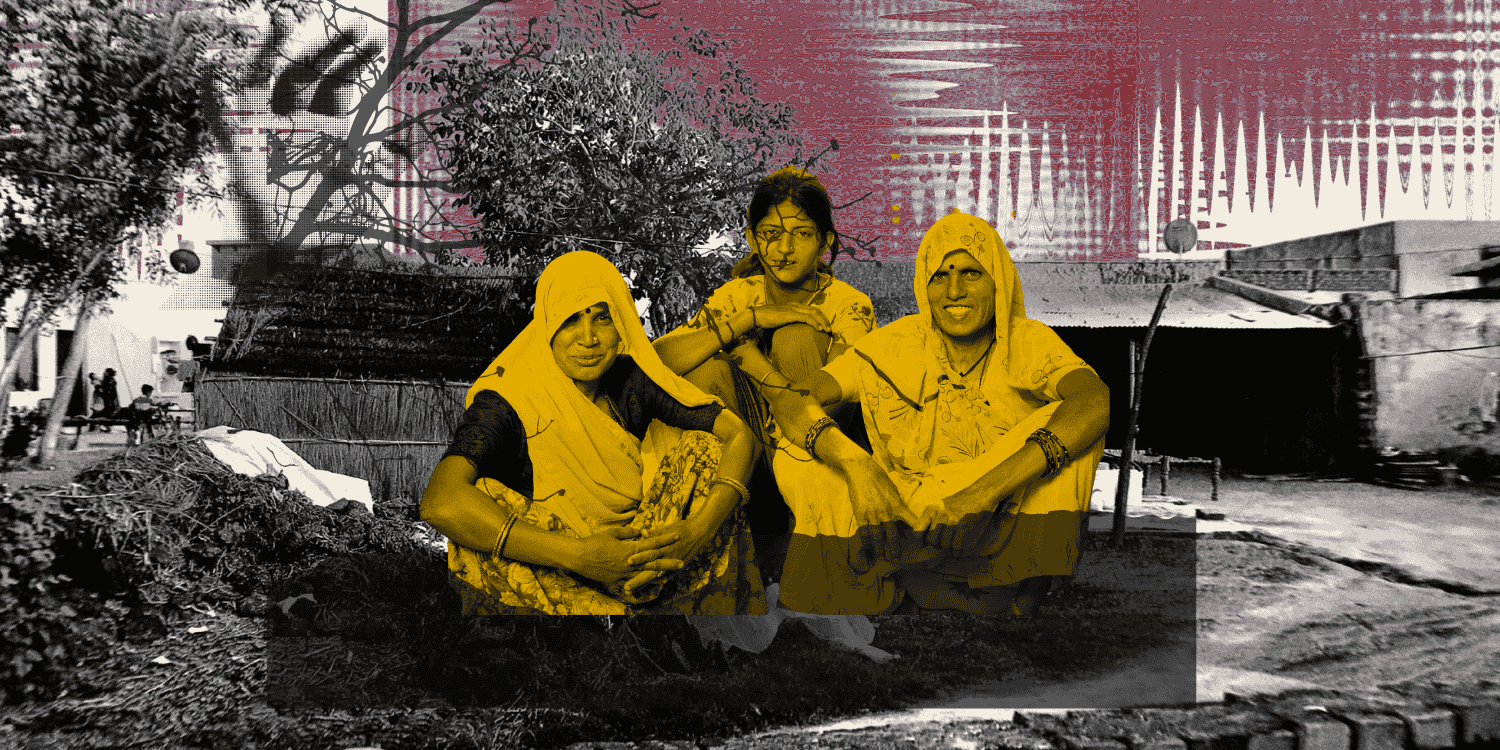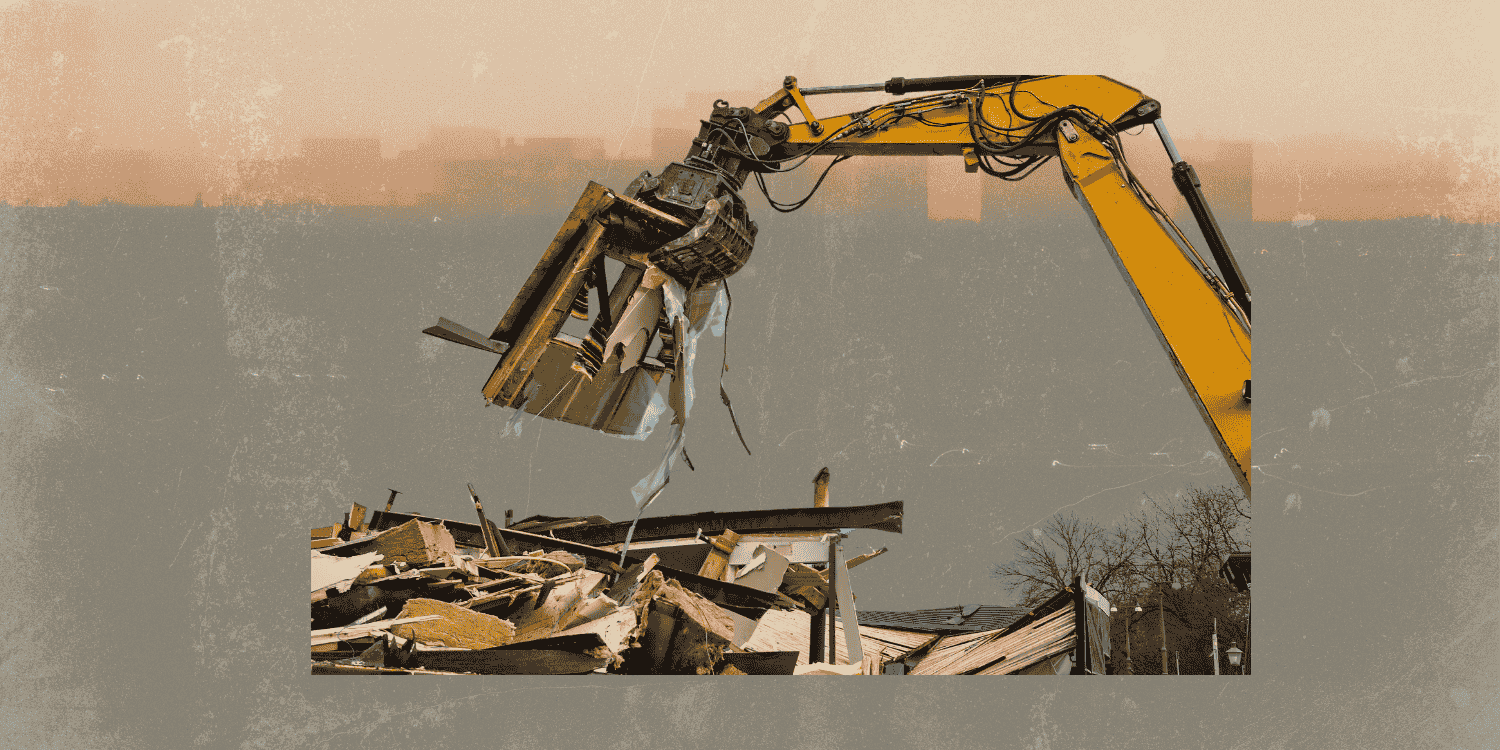ABSTRACT
The population of elderly persons in India has been steadily increasing since 1961. Further, based on the Census projections, the population of elderly women is currently more than that of elderly men. This outnumbering is projected to strengthen with time. While aging is associated with several challenges for both men and women, the problems elderly women face are fundamentally different because of the gender-based discrimination experienced by them throughout their lives. A lifetime of gender disparity has an impact on the quality of life that women have in their old age. In this context, this issue brief looks at different economic, social, and health concerns that elderly women face.
Keywords: ageing, gender, demographic transition, widowhood
INTRODUCTION: TOWARDS AN AGEING POPULATION
United Nations Population Fund (n.d. a) defines a demographic dividend as the “economic growth potential that can result from shifts in a population’s age structure, mainly when the share of the working-age population (15 to 64) is larger than the non-working-age share of the population (14 and younger, and 65 and older)”. India has nearly 67% of its population in the 15 to 64 years age group (United Nations Population Fund n.d. b). As a result, the policy focus has mainly been on how to reap the benefits of its demographic dividend. However, the policy discussions often miss the future implications of such an age structure of the population.
The population of elderly persons aged 60 years and above has steadily increased since 1961 (National Statistical Office 2021a). This is mainly attributed to improvement in economic well-being and healthcare facilities, leading to declining death rates, falling fertility rates, and rising life expectancy (ibid.). From 2001 to 2011, the general population grew by 17.7%, while the elderly population grew by 35.5%. Between 2011-2021, the general population was estimated to grow by 12.4% compared to the elderly population’s 35.8%. The high growth rate in the elderly population with regards to the growth rate of the general population is projected to continue in the next decade as well (see figure 1).




